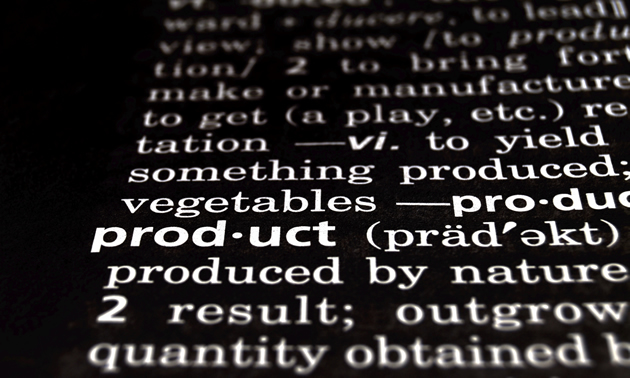Rethinking waste—from cradle to cradle

Malcolm Brodie, chair of the National Zero Waste Council and mayor of Richmond, reconsiders the standard product. — Photo by herreid/photos.com
Every year, local governments in Canada spend $2.6 billion tax dollars managing 34 million tonnes of garbage. For decades, our emphasis has been on waste “management”—we accept the problem as unavoidable and do our best to reduce its negative impacts.
Through activities like recycling, composting and waste-to-energy, we extract the maximum value from materials, but these methods don’t address the root causes of waste.
So why do we have waste in the first place?
In a word: design. The things we buy and use daily are designed to be thrown away. We call this cradle-to-grave design because products are born, used for a while, and finally discarded to be buried or burned.
But there is a new paradigm on the horizon: cradle-to-cradle, where manufacturers consciously design their products and packaging to be easily disassembled, repaired, reused and recycled. Cradle-to-cradle represents a shift from a “take, make and throw away” model to a circular economy, where end-of-life materials become inputs for new products, just like in nature.
Picture a forest floor: billions of years of collective evolution have created a system where nutrients and materials flow effortlessly and reciprocally, without any waste whatsoever. That is the kind of economic system we should aspire to, and nature may be our greatest teacher.
According to cradle-to-cradle visionaries William McDonough and Michael Braungart, we can “eliminate the concept of waste—not reduce, minimize, or avoid it, but eliminate the very concept,” through mindful design.
We’re all in this together, and there are many opportunities for positive action. Governments can enact laws to support the emergence of a circular economy, while creating a level playing field that fosters innovation.
Businesses can empower their creative designers and engineers to make products whose materials remain useful at the end, while using reclaimed materials in new products. Businesses can also encourage innovative, sustainable packaging with end-of-life solutions. And municipalities, NGOs and other sustainability advocates can work collaboratively to educate consumers, while promoting zero waste habits.
That’s what Canada’s new National Zero Waste Council is all about—government, business and NGO leaders joining forces to advocate for sustainable design, to influence consumer behavior and to lobby senior governments for better laws, all toward transforming our relationship with waste.
We need to rethink waste on all levels, and by working together, we will do it.
Join us at Metro Vancouver’s third annual Zero Waste Conference on October 16, 2013, where we will officially launch Canada’s National Zero Waste Council.
Zero Waste Conference 2013
Rethinking Waste: Featuring international visionaries, big business executives, industry innovators, government leaders and zero waste advocates, with keynote presentations from Dame Ellen MacArthur and Michael Braungart.
October 16, 2013
Vancouver Trade and Convention Centre East
Cost: $75.00 (includes coffee breaks, lunch and networking reception)
Register now





Comments